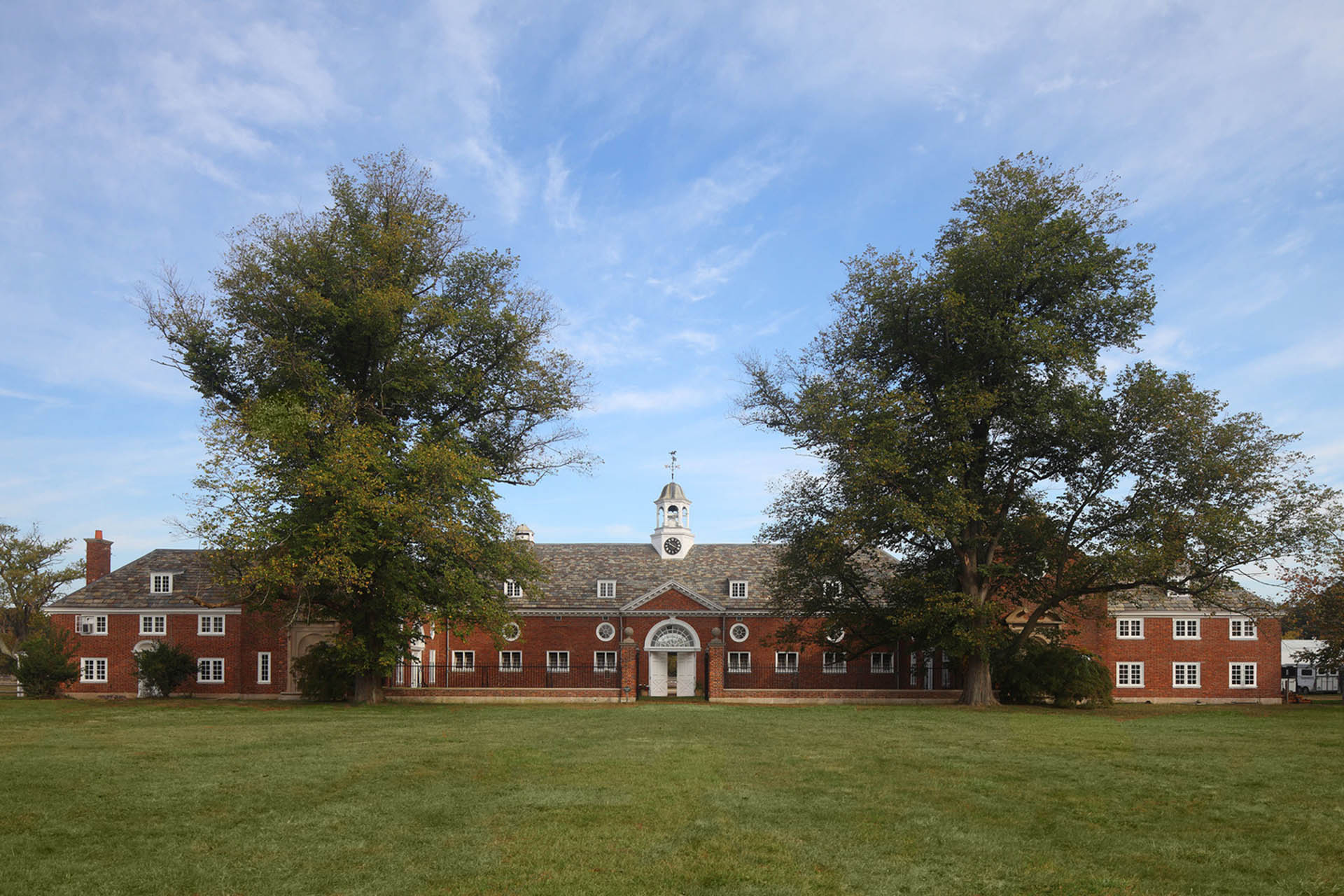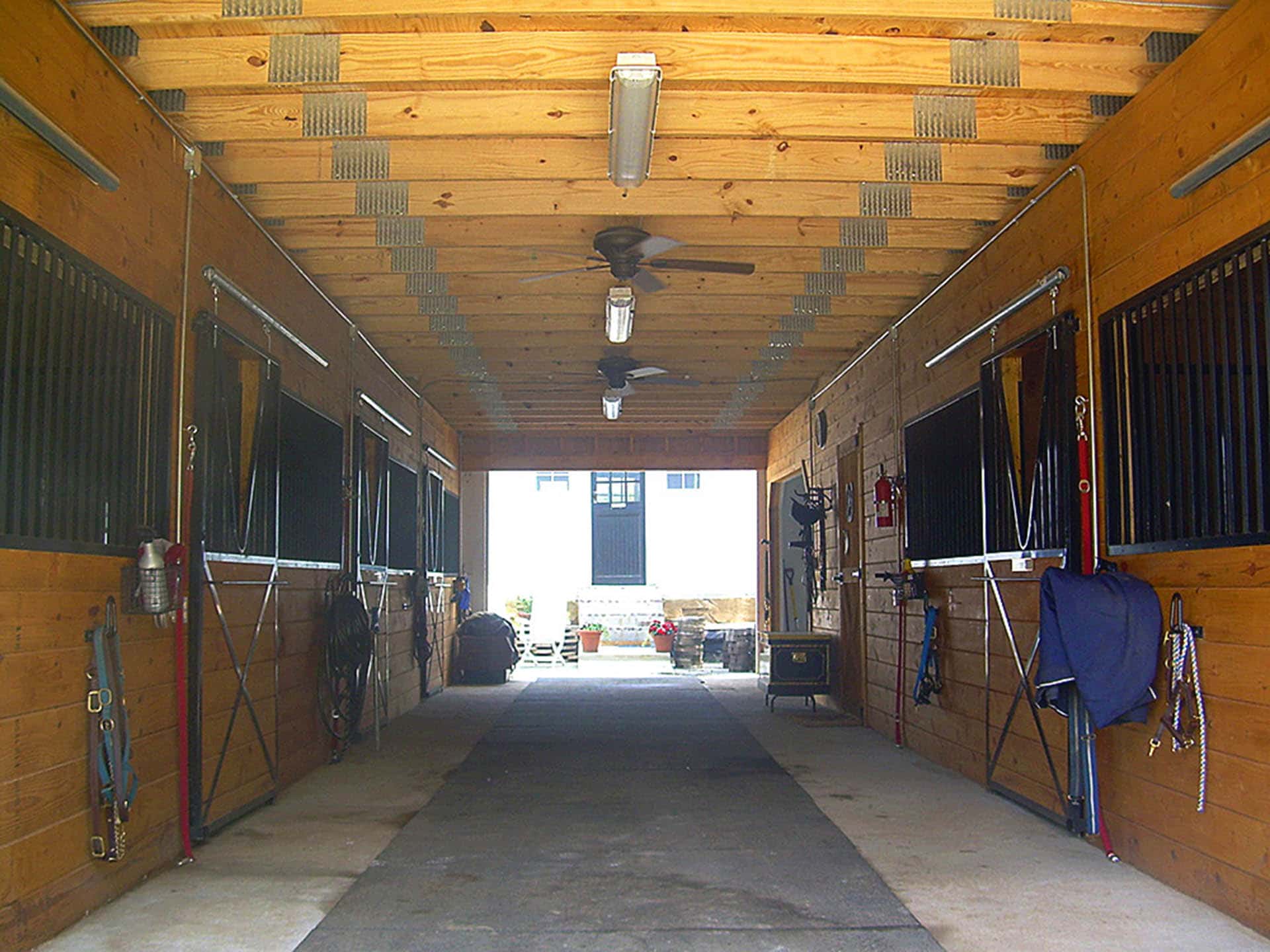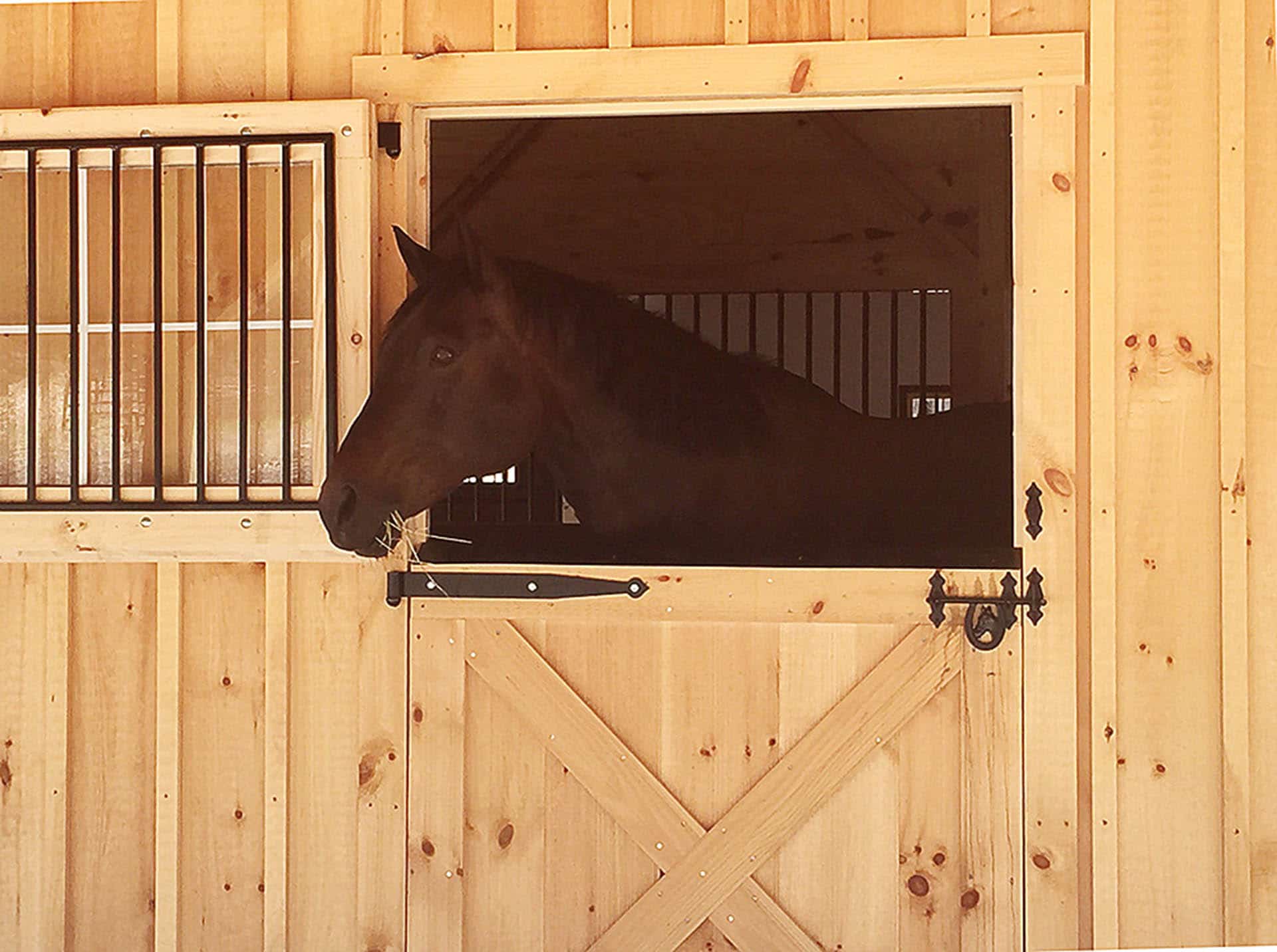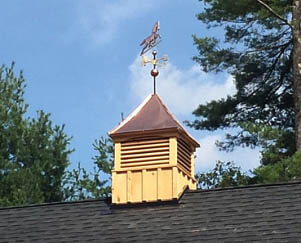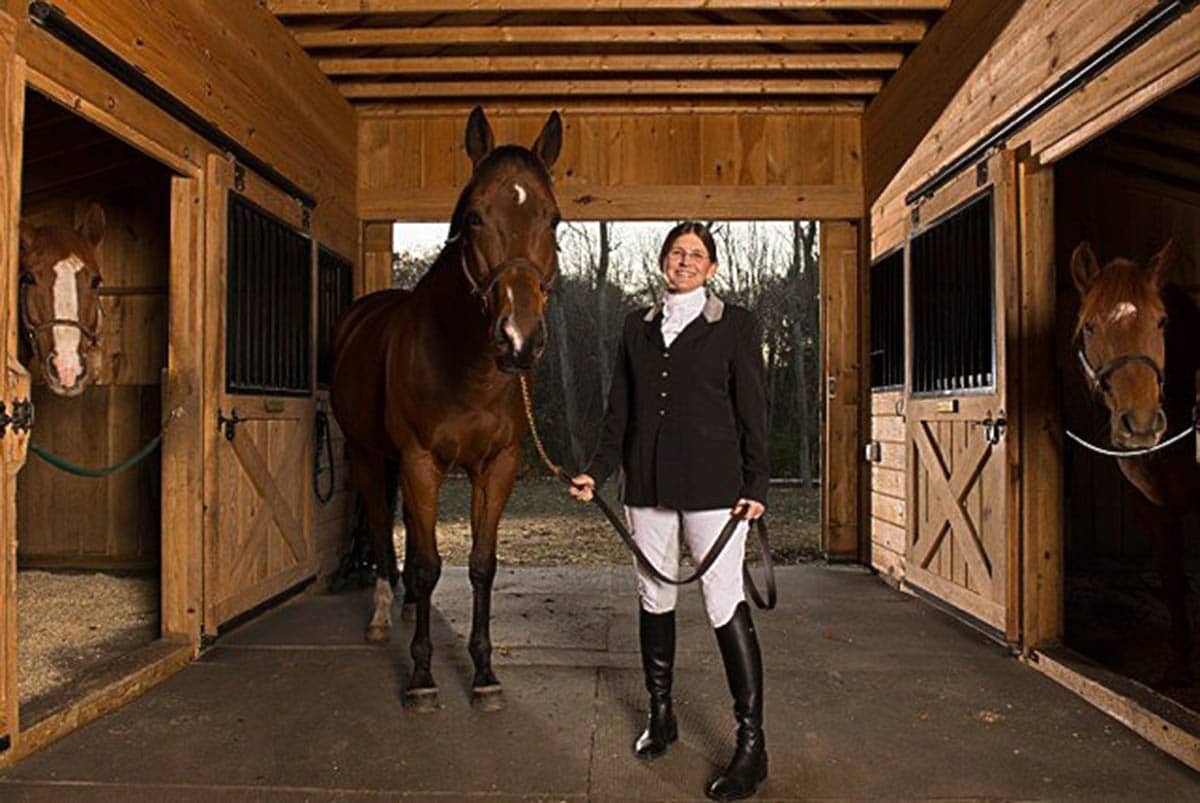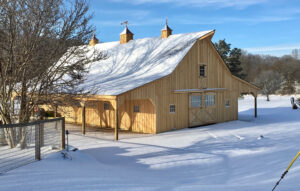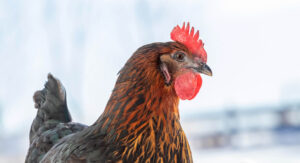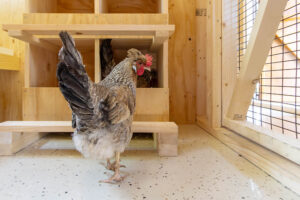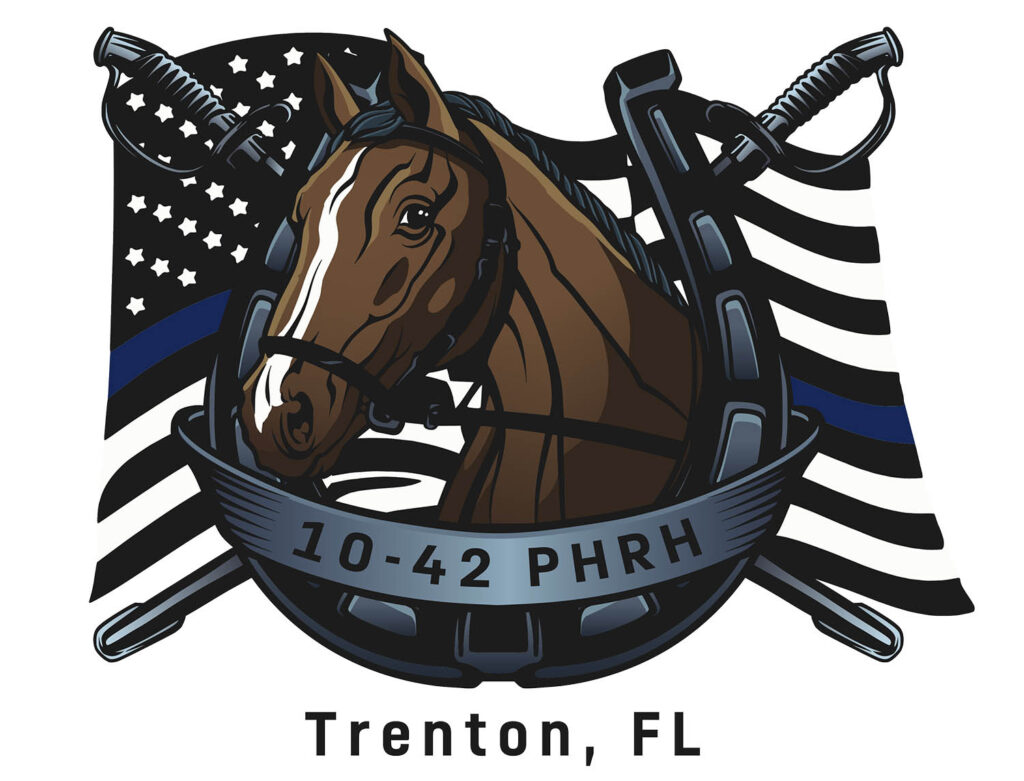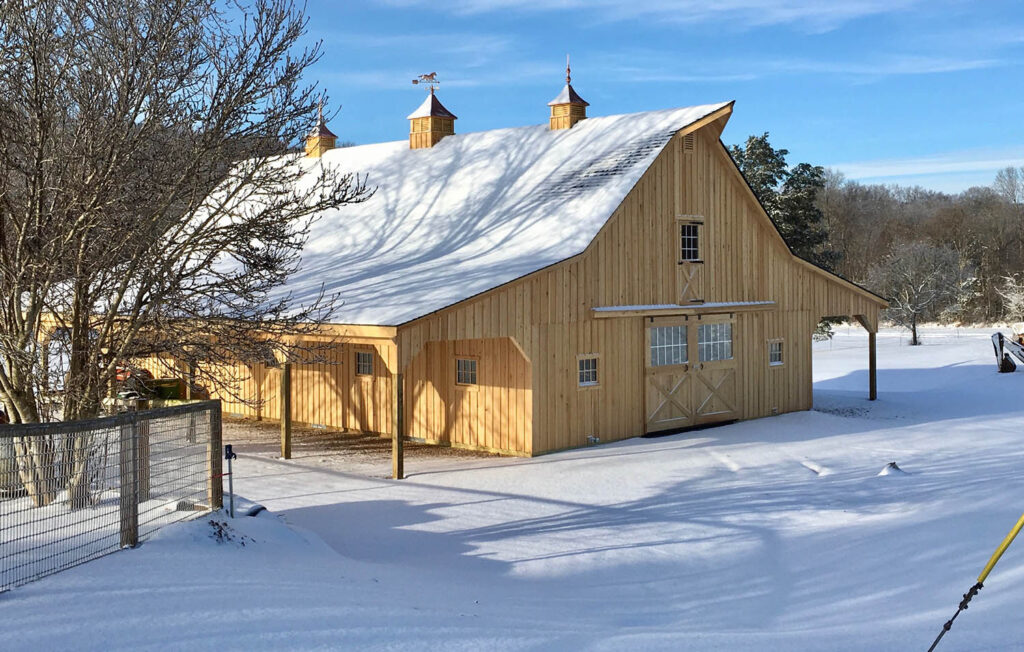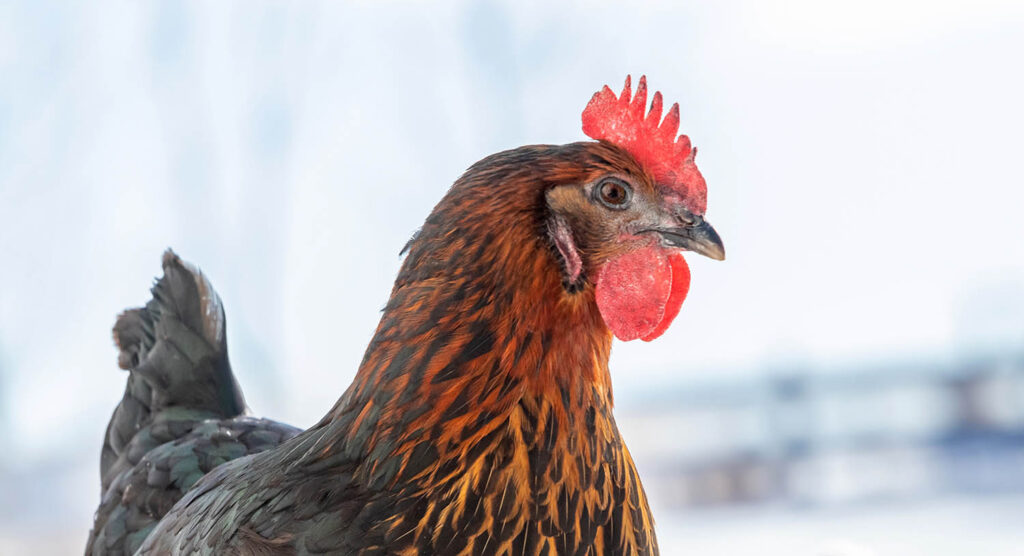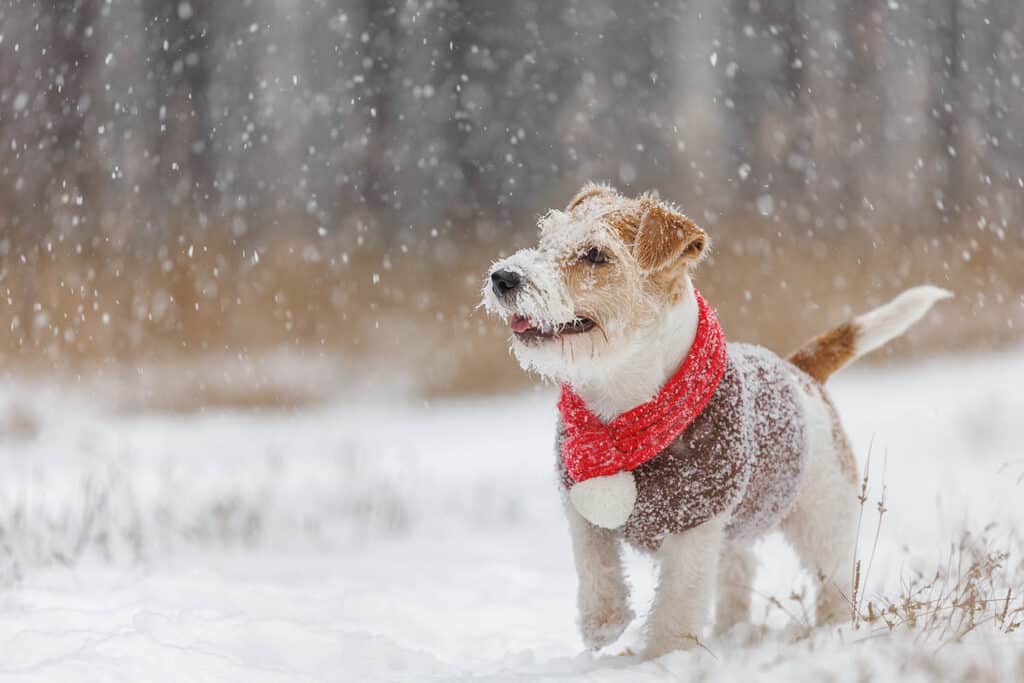When I arrived in America from Great Britain eons ago, I was soon engrossed in everything horse. In fact, it only took me a few months to purchase my first USA horse and put him in livery. My first and only boarding barn experience was at Caumsett State Park Stables, Lloyds Harbor, NY at the previous estate of Marshall Field, the American entrepreneur and founder of Marshall Field of the Chicago-based department stores.
The majority of horses were stabled in the new forty stall metal structure comprised of two long aisles with ten stalls set each side of a center space The original brick-built polo barn was home to a couple of Grand Prix show jumpers as well as the location of the one and only bathroom making trips to and from and through the grand building a necessity.
These trips would have been much more enjoyable without having to negotiate the fierce Dobermans, named Angel and Lucifer, who the leaseholders of the property kept on the farm (at some point Lucifer attacked our poodle resulting in an expensive veterinary visit so that dog was aptly named). Despite the dogs unwanted accompaniment of my visits as I walked through these beautiful stables, the center aisle barn design was obviously a superb idea.
I especially appreciated the center aisle design during our first American winter when the weather surprised us with its tenacity and three feet of snow. Blissfully unaware of how difficult negotiating the drive to the barn would be, we knew once there we would find safe harbor from the weather to tack up in the center aisle barn before we headed to the indoor to ride.
Enroute to the barn we encountered the scary appearance of a huge bright yellow behemoth, a snowplow, which tore through the country road with little regard for where WE were going to place our car in order to avoid a head on collision! It was quite a surprise to us, as England had no snowplows (even now I believe the country only has a handful).
So my introduction and appreciation for a center aisle barn was complete. The usefulness of the inside space for farrier and veterinarian work, clipping, grooming and tacking up was apparent. I had never used crossties before and regarded them with some suspicion. Thankfully, my horse McCloud knew all about them and they were very useful.
In England my experience had been with shedrow and L-shaped horse yards. This new American center aisle barn was an interesting discovery. When we built our first barn on our first farm the following winter it was a shedrow. We chose the shedrow layout mainly because it was the easiest and most affordable design with our new mortgage. Later we added more shedrows and L-shapes. Our final barn built on that farm was a center aisle.
All our barns were hand-built by just hubbie and myself and, while we started with hammer and nails, by the final barn we had super tools and I could wield a nail gun and lay shingle. Yes, we had succumbed to the center aisle design. Joy of joys! No more schlepping about in the snow and wind and rain. It was time to walk my one true love down the center horse barn aisle. I mean my horse of course. Did you think I meant hubbie? Don’t tell him!
There are lots of points to consider when you opt for a center aisle barn design. Here are a few tips to help you make a good marriage with your needs and wants in a new barn build.
Width Matters
The width of the horse barn aisle affects safety. If you know you are going to have boarders with tack trunks, blanket rails etc. and general clutter then you’ll need more than the minimum of 10 feet.
There should be room for two horses to safely pass each other especially in a busy barn environment. Cross ties can be placed in the center of the aisle but if it is a busy space having at least one grooming stall on the side of the aisle is a great idea for handler and horse safety.
Widths of 12, 14 or 16 feet are common. Obviously with the larger widths a grooming stall is a necessity.
Door Safety
For safety all aisle stall doors should be sliding doors. Opening doors into the aisle is dangerous for both horse and handler. One good knock on the horse’s hip can cause permanent lameness. Always be certain the doors are a minimum of four foot wide and sliding if possible.
Read More about Barn Door Safety HERE.
For added ventilation having Dutch doors on the outside of the barn can be a great idea. Be cognizant of your anticipated horse’s size and ensure the bottom door is high enough to prevent the horse attempting to jump out (install a V-grill if necessary), and that all edges are protected by chew guards as most horses will chew when they are bored. Dutch doors also alleviate boredom for your equine partners as they can look about and enjoy the sights.
An overhang is also a great idea to keep poor weather out of the stall, and offer a bit of shade from the sun.
The front stall wall and sliding doors should be grilled to avoid the risk of horses in the stalls attacking passers-by or other horses being led through the aisle. This is especially important if you have young or high strung horses that will rear and become excited when stalled.
Options such as feed grills are a great idea, as it saves going into the stall each day to feed. When planning your barn always compare apples to apples. These extra features can be expensive to add later.
A good, complete quote will meet the following criteria:
- Encompasses all your needs
- Includes your “wants”
- Stays within your budget
- Delivers on your expectations
- Includes a solid warranty
Barn Placement and Height
When placing the barn avoid having the aisle face the prevailing wind as the ensuing wind tunnel will prove a challenge during winter months. The end doors can be solid for security or have tempered glass in the top portion to allow light into the building.
Height of the building should also be considered. Regardless of whether you opt for a stick built barn or a convenient modular build, you want the barn to fit into the landscape. For example, a High Profile modular barn will offer the benefit of a loft space for storage above the stalls. A Low Profile barn may better match the height of your existing dwelling on the property as well as being an extremely cost efficient method to enjoy the benefits of a center aisle barn.
Always be certain that the builder is cognizant of the snow load factor for your area and that the barn is properly engineered to handle what Mother Nature may bring to the equation. This is especially important if you live in an area where agricultural buildings are not subject to permits and no-one is checking the structure for competency.
Be aware that a Low Profile barn may have a roof pitch of 4/12 while a High Profile build may be 8/12 pitch or more. The roofing material is as important as the pitch, because ice and snow will slide off a metal roof better than off a shingle roof. Of course, having a pile of snow just outside your building can pose snowmelt issues, so be certain you have installed drainage to take the melt away. It always pays to consult a professional on these topics, and a good company will be happy to take the time to explain your options and to help you stay on budget with a properly engineered truss system.
Also in regard to roofing consider adding an insulation layer beneath the roof to help defray the heat and cold factor in the barn. An insulating layer will also prevent condensation dripping from a tin roof.
Light & Airy
The inherent design of the center aisle barn obviously encompasses a more enclosed interior than a shedrow or L-shaped barn. For this reason, it’s absolutely imperative, for the health and well-being of your horses, to take every possible advantage of fresh air and natural sunlight.
Stall windows should be designed for ease of cleaning and have safety grills to protect the horses when stalled. Ideally the windows will have a screen and can be opened during hot summer months to enable a breeze to cool the barn.
Cupolas are perfect for adding an electric fan to draw hot air through the barn during summer months and to keep air moving. If you are installing stall fans be certain to use only commercial grade fans and keep them dust free to help prevent a fire hazard.
Ridge vents and gable vents are additional options you may want to consider as a means for allowing heat to escape the barn and increasing ventilation.
In conclusion the center aisle barn is a tremendously useful design, especially for areas where Mother Nature can throw “challenges” your way. The cozy feel as you step out of the wind and into the barn and close that door behind you, greeted with the scents of everything horse and the contented munching of your equine beasties is priceless.
Yes. It’s true. While you may start out with one horse you’ll have more than one horse of course, once that barn is built. Don’t tell hubbie! Enjoy walking your multiple true loves down that center aisle every day.


